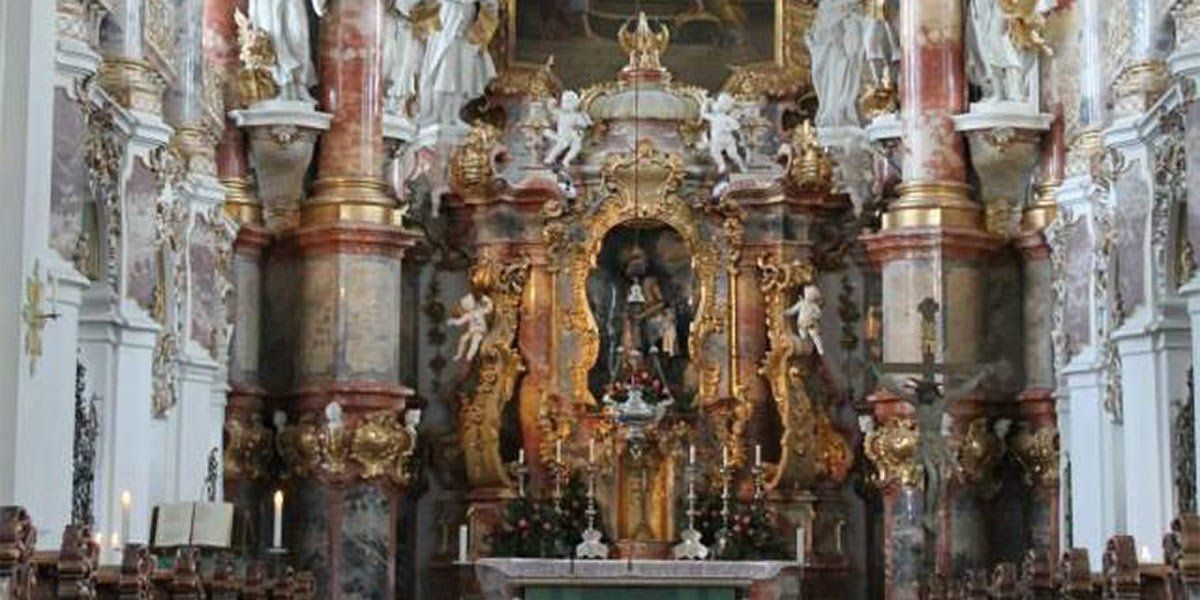
Allerheiligen und Allerseelen
If you ever find yourself in Germany in November 1st you will find that all stores and office buildings are closed, and instead, people are spending their day at the graveyard honoring their loved ones that have passed away.
November 1st is known in Germany as Allerheiligen (All Saints Day), a Catholic holiday honoring those that are with God after their death and therefore have reached their final resting place.
The day starts with the family getting together for a procession through the graveyard with a remembrance and benediction of the graves. The graves are then decorated with candles and bouquets of autumn flowers and twigs of the heath plant.
Once the family is back home they share an Allerheiligenstriezel, a braided brioche type bread decorated with coarse sugar crystals. Children often remember receiving these Allerheiligenstriezel or a similar baked good from their Godparents on this day.
It is not only a day to honor our loved one that have past away but also anyone in general that have lost their lives due to tragic events such as war, car accidents, or drownings. On November 1st , multiple remembrance ceremonies are held across the country to honor the fallen soldiers from WWI and WWII. In addition, crosses, candles and flowers are placed at the side of the road in memory of those that lost their lives in a car accident. The Market Gemeinde St. Nikola, in addition to many other German cities, honors drowning victims by having two men take a boat on the Danube to place a wreath in the water.
The following day, November 2nd is known as Allerseelen, or All Souls Day. Similar to the other parts of Die Allerseleenwoche (All Souls Week), it is a day of remembering and honoring the dead. All Souls Day is typically practiced in the predominantly Catholic areas of German-speaking countries, though it is not limited to these places.
Similar to All Saints Day, All Souls Day emerged in 998. However, what is different is that this is a day of remembrance for all departed souls that are in purgatory, due to them not confessing to their sins before they died.
This day is one of remembrance, so the ways in which it is celebrated are more subdued than some of the other holidays that German-speaking countries take part in. There is, of course, partaking in prayer and various church services, as well as a few other traditions. One of these is that the family will do a silent procession through the graveyard holding colored glass called Allerseelenlämpchen in order to honor the dead. Another way of remembrance is one where cone-shaped candles that are red, white, blue, yellow, and/or green are placed on graves – what is interesting about this is that it is only done in Mainz and not much is known about how this tradition came about. Although this day is one that contains a fairly heavy topic, children are not left out of the traditions – they receive Seelenbreze (basically a “Soul Pretzel”) that came about due to the tradition of having a Allerheiligenstriezel on All Saints Day.
By: Emily Beeland and Elena Osiander